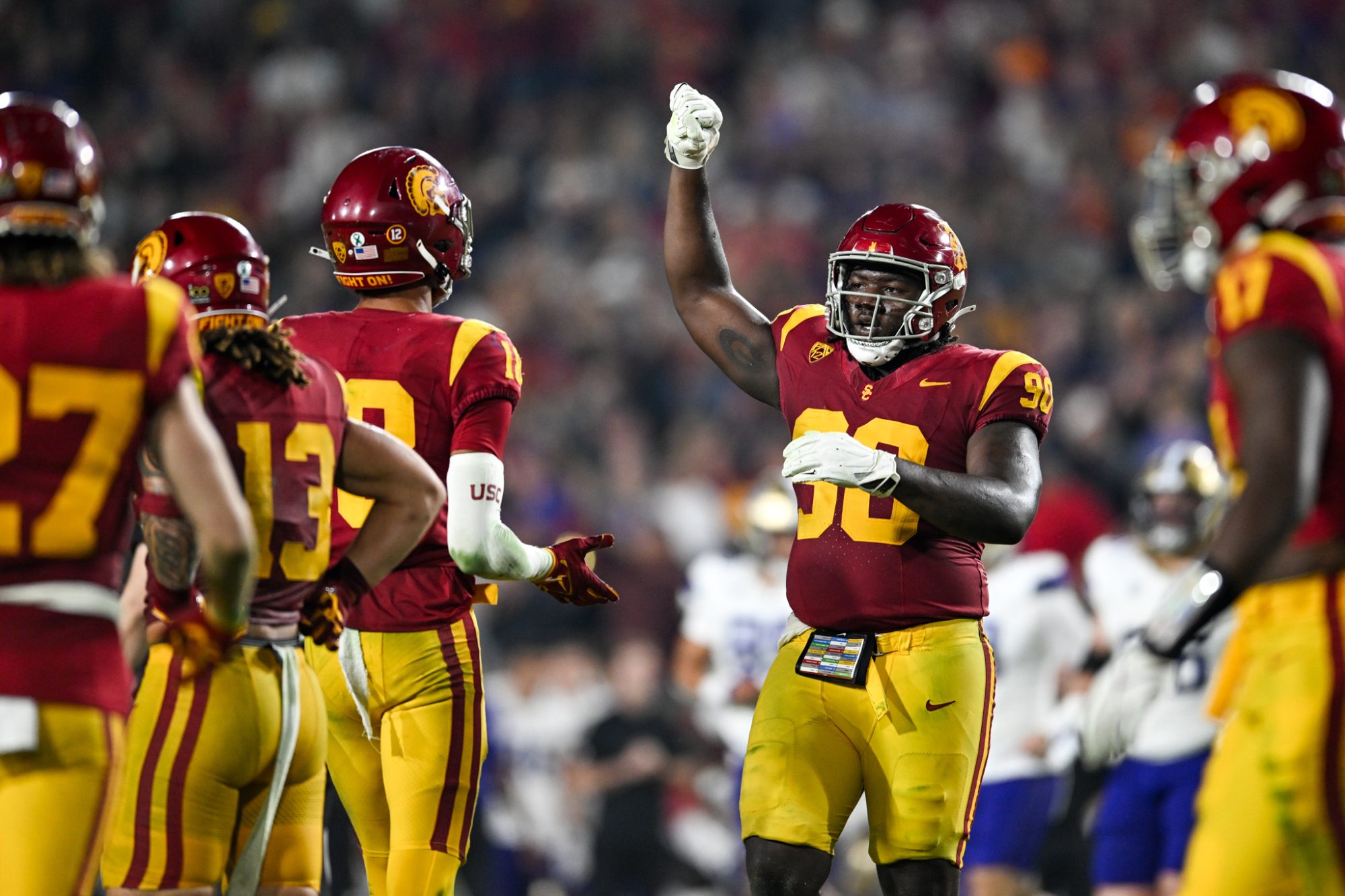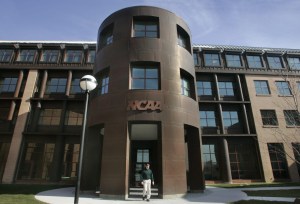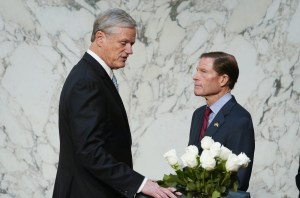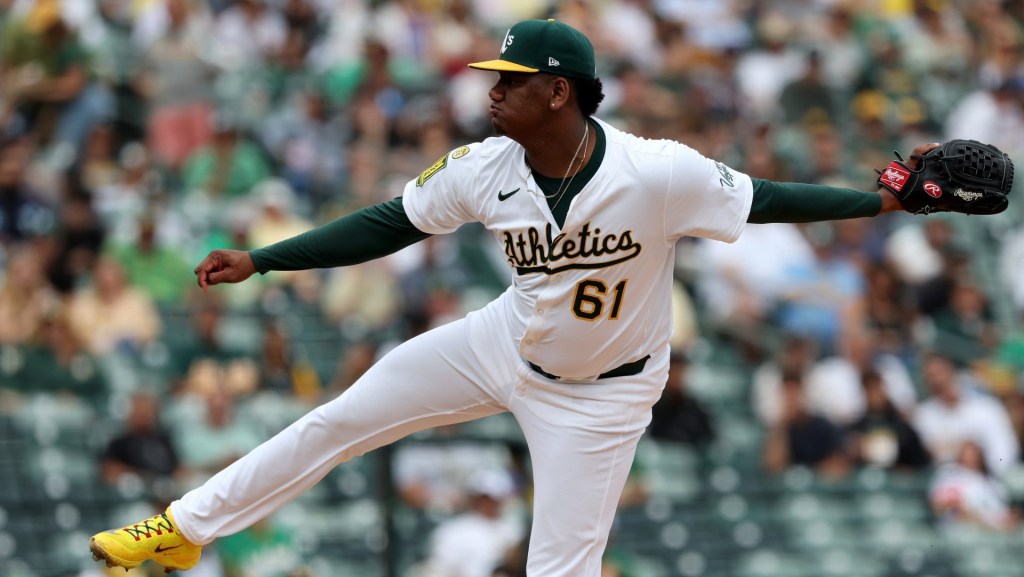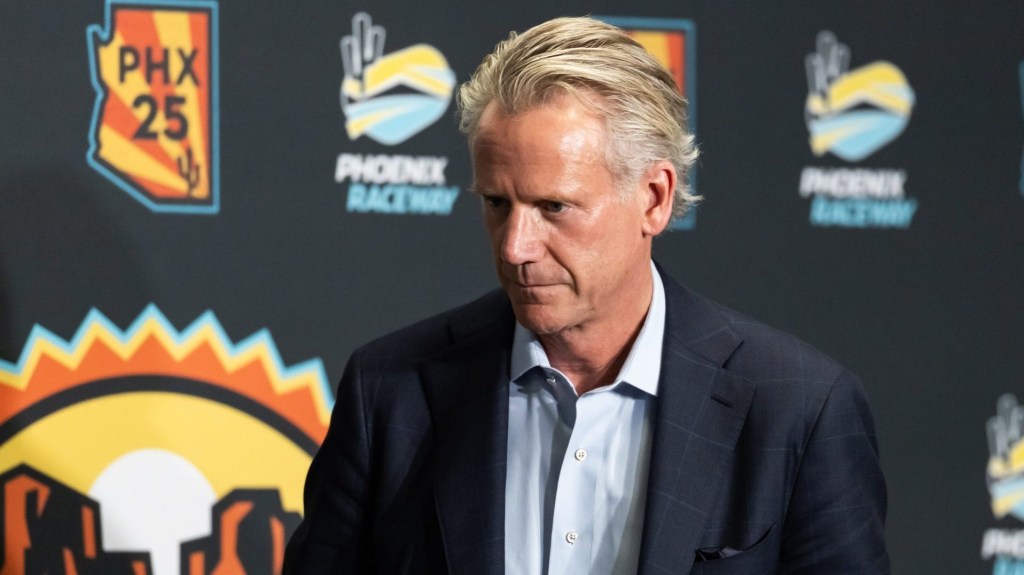The NCAA’s business model of amateurism goes to trial on Monday in a labor court in Los Angeles.
The National Labor Relations Board’s local office will begin hearing a case that could ultimately reclassify Division I football and basketball players as university employees under federal labor law. The NCAA’s entire business model would then be deemed illegal, as athletes would be entitled to earn salaries, apply for a formal union, and receive access to all the benefits of employees under U.S. labor law, such as workers’ compensation.
The case was filed in February 2022 by the National College Players Association against USC, UCLA, the Pac-12, and the NCAA. However, UCLA has since been dropped over a jurisdiction issue.
Here’s everything you need to know:
Northwestern tried, and failed, to unionize through the NLRB in 2014. How is this case different?
This case is in a different class than the failed 2014-15 Northwestern football unionization effort. Rather than a petition to unionize, it’s an “unfair labor practice” (ULP) charge stating that the employers — the NCAA, the Pac-12, and USC — are illegally classifying athletes as amateurs, whereas they should be considered employees.
An important distinction: While unionization petitions are filed by employees themselves, anyone can file a ULP. The NCPA, which filed this charge, is run by athlete advocate and former UCLA football player Ramogi Huma, who was part of the push for NIL and multiple federal antitrust cases against the NCAA. (Huma was involved in the Northwestern football player organization effort, though the petition was filed by players.)
“Coaches, athletic directors, and conference commissioners are making millions of dollars while NCAA sports denies athletes fair compensation, breaks minimum wage and overtime laws, and avoids workers compensation while hazardous workplace conditions remain unchecked,” Huma previously said in a statement. “We are working to make sure college athletes are treated fairly in both the education and business aspects of college sports.”
Even though these cases are asking for slightly different things (the right to unionize vs. the classification of an employee), the outcomes are basically the same.
Has the NLRB taken a public stance on the issue of college athlete employment?
Yes. In 2014, the Northwestern case failed because of a technicality, not because the NLRB ruled against employment status. In fact, the local office ruled that athletes were employees.
Since then, however, the NLRB’s General Counsel has changed. Jennifer Abruzzo, President Joe Biden’s appointee, issued a memo in September 2021 stating that she believed many college athletes were employees. She added that she would prosecute any cases that came to her as such, which was an invitation for a case of this nature.
“The Region’s determination that the unfair labor practices have merit is based on a determination that USC, the Pac-12 Conference, and the NCAA, as joint employers, have maintained unlawful rules and unlawfully misclassified scholarship basketball and football players as mere ‘student-athletes’ rather than employees entitled to protections under our law,” Abruzzo previously said in a statement to FOS.
“This kind of misclassification deprives these players of their statutory right to organize and to join together to improve their working/playing conditions if they wish to do so. Our aim is to ensure that these players can fully and freely exercise their rights.”
If the athlete side wins, what will college sports look like?
If Huma’s team wins, D-I football and men’s and women’s basketball players across the board would all be reclassified as employees.
The case is against USC, the Pac-12, and the NCAA for two reasons.
First, trying the case against a private school is easier for the NLRB because it falls directly within its jurisdiction over the private sector. Second, Huma wants athletes to be ruled employees at public and private schools. To do so, the case must establish that these athletes are “jointly employed” by not just USC, but also by the Pac-12 and the NCAA.
What is the timeline for a final ruling?
The year-and-a-half-long case will likely not see a final ruling for months.
The beginning of the trial will run from Monday, Dec. 18 to Wednesday, Dec. 20. The trial will continue in January and February as needed, depending on the length of testimony. Both sides will have an opportunity to appeal to the NLRB’s federal board, then a federal appeals court, and, potentially, the Supreme Court.
How could this case impact other federal cases over college athlete employment?
Several other cases could result in college athletes being classified as employees under U.S. labor law, including Johnson v. NCAA and a new case called Carter v. NCAA. If athletes win, the ruling would likely influence federal judges to take the NLRB’s lead. But there’s no guarantee; it wouldn’t be the first time that federal judges disagreed on issues of NCAA athlete compensation.
